Innovation Curriculum for In-class, Summer or Remote Learning
The Inventionland® Education Innovation Courseware follows a proven, real-world 9-step method for innovation and inventing for K-12 students.
Students learn the process to develop their own ideas into an actual product, while applying key STEM/STEAM and career skills throughout the class.
Because it’s intuitive and well organized, it can be easily administered in the classroom, in a remote learning environment or in a summer/after school program.
The courseware covers the proprietary process used by Inventionland®for over 35 years in their invention factory in Pittsburgh.
About the 9-Step Method
Students are taught the framework of innovation and inventing in 9 steps that cover three primary areas.
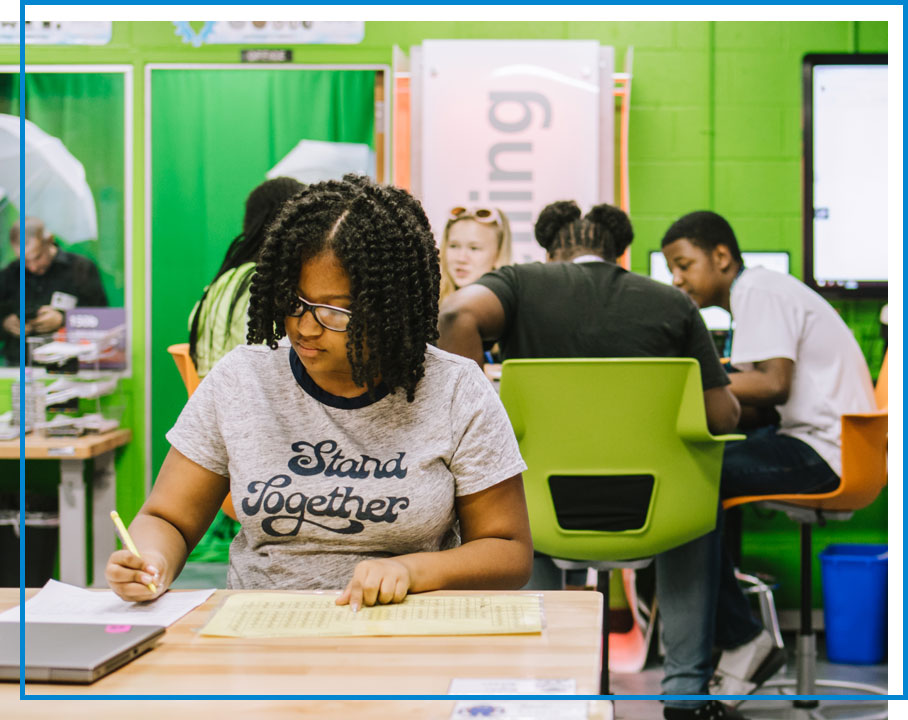
During the Inventing Stage, students learn to:
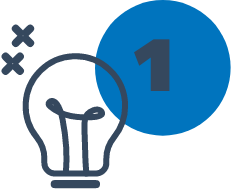 Create & Protect
Create & Protect
Student inventors define the core problem and their proposed invention. Students can even sign the appropriate documentation to maintain confidentiality between the involved parties/teammates.
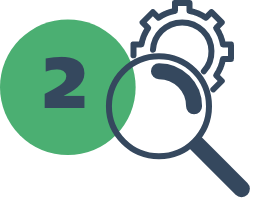 Research Your Idea
Research Your Idea
Students conduct a patent and product search. If there is a similar product on the market, the team considers how can that product be improved upon. The students also research target corporations to gear their pitch towards.
 Brainstorm
Brainstorm
Students are encouraged to find as many ways to solve their problem as possible. They’ll create a few rough sketches of their potential invention to find the most efficient design.
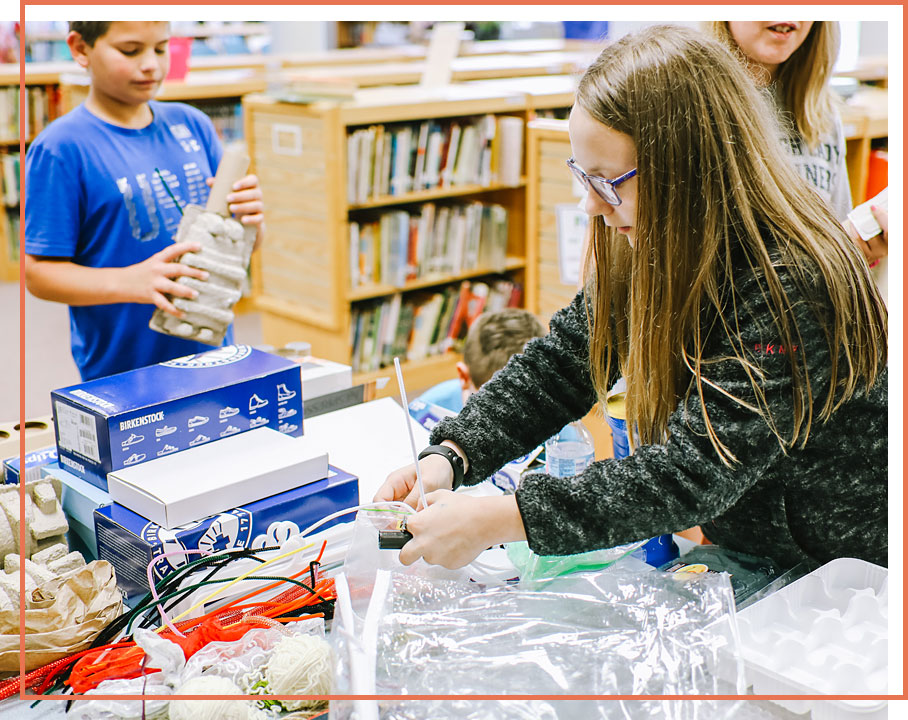
During the Making Stage, students learn to:
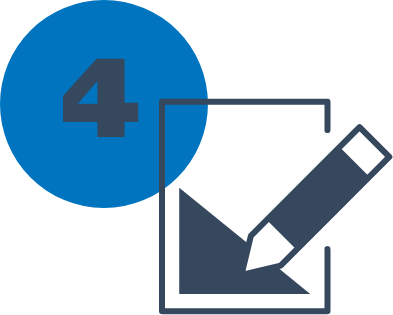 Sketch
Sketch
Students will create a final sketch of their design. They are encouraged to use vivid colors, whitespace, and text to make their design look both exciting and appealing to consumers.
 Model
Model
Students create a concept model or mockup of their product. This simply gives them an idea of what the product will look like and how it will work. Though it mainly involves hot glue and cardboard, this step will help the group spot potential design flaws and allow them to anticipate their engineering needs.
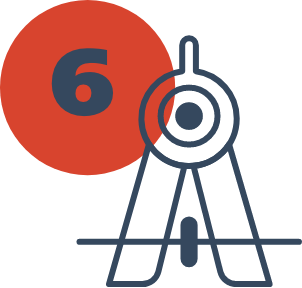 Draft
Draft
In this step, students actually engineer the parts necessary for their inventions. This involves patience, efficient use of materials, and learning the specific processes behind building parts.
During the Storytelling Stage, students learn to:
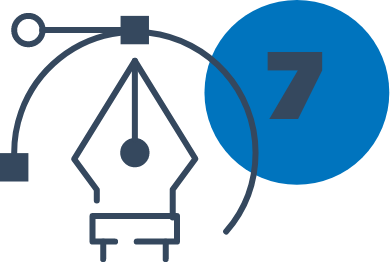 Package
Package
Next, students will design the packages that will hold their products. This step involves learning how graphic design and secure packaging must work together.
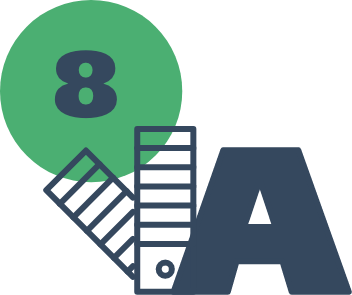 Communicate
Communicate
This step emphasizes the importance of the visual appeal of your product. Students focus on the more creative aspects of package design like incorporating fonts and colors that will appeal to their target market.
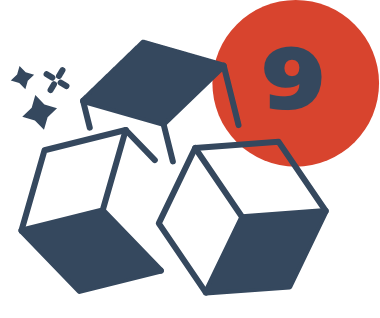 Put It All Together
Put It All Together
Finally, we’ve reached the final product. Students complete the working model of their product which can be interacted with during a business pitch.
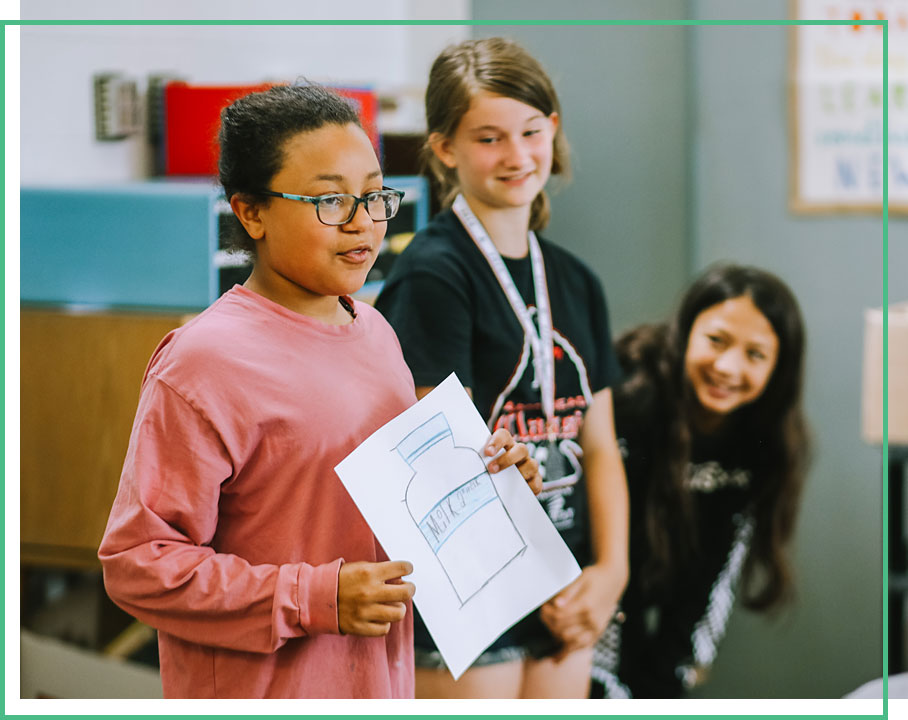
Why this is great for remote learning and after school/summer programs:
With the ease of Zoom, Google Meet and Microsoft Teams, this is an excellent way to extend what your K-12 students learned in their STEM/STEAM lessons and apply it in a real-world environment.
With Inventionland’s support and intuitive, built-in direction, teachers can easily walk their students through the process of innovation. Parents can also easily assist if needed.
Teacher Resources make it easy:
Teachers will have access to printable teacher resources, pitch competition preparation guides, hands-on lesson plans, and remote learning activities. These resources are housed in the Teacher Resource section of the curriculum portal.
The End Result – Well Rounded, Engaged Students
By the end of the course, you can expect your students to gain an excellent understanding of the inventing process, and see how fun and engaging it is to put STEM/STEAM principles to work. They’ll develop crucial soft skills that are in high demand by companies hiring our next generation of leaders.